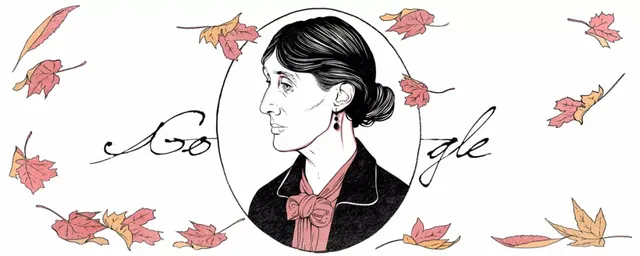
British author Virginia Woolf’s stream-of-consciousness style established her as both a great novelist and a feminist icon. This 2018 illustration by English illustrator Louise Pomeroy celebrates Woolf’s minimalist approach and incorporates falling leaves, a frequent visual theme in her work.
A Biography (1972, reissued 1996), was the complete history for more than 20 years; Bell approached his auntie's unpublished papers and could depend on his own striking recollections. He was an enchanting beautician, not a scholarly pundit, and his demeanor toward Woolf appeared, particularly to women's activists, at times belittling. With the resulting distribution of Woolf's journals, letters, and compositions and with shifts in historical and basic deduction, there arose various unprejudiced, well-informed memoirs. Thomas C. Caramagno, The Flight of the Mind: Virginia Woolf's Art and Manic-Depressive Illness (1992), follows the biochemical wellsprings of Woolf's bipolar issue and shows how her composing mirrors her dangerous triumph over this condition. Mitchell A. Gold country, Granite, and Rainbow: The Hidden Life of Virginia Woolf (1998), considers Woolf's affection for her dad and her displeasure at settled in male-centric force.
While Alaska's is the most Freudian of the accounts of Woolf from the 1990s, Hermione Lee, Virginia Woolf (1996), is the most women's activist. Lee likewise ponders the art of account and investigates the elements of perusing and composing for Woolf. Panthea Reid, Art, and Affection: A Life of Virginia Woolf (1996), centers around Woolf's associations with her sister, Vanessa, and the visual expressions and utilizations representations to think about their work. Every one of these histories rectifies Louise DeSalvo, Virginia Woolf: The Impact of Childhood Sexual Abuse on Her Life and Work (1989).
